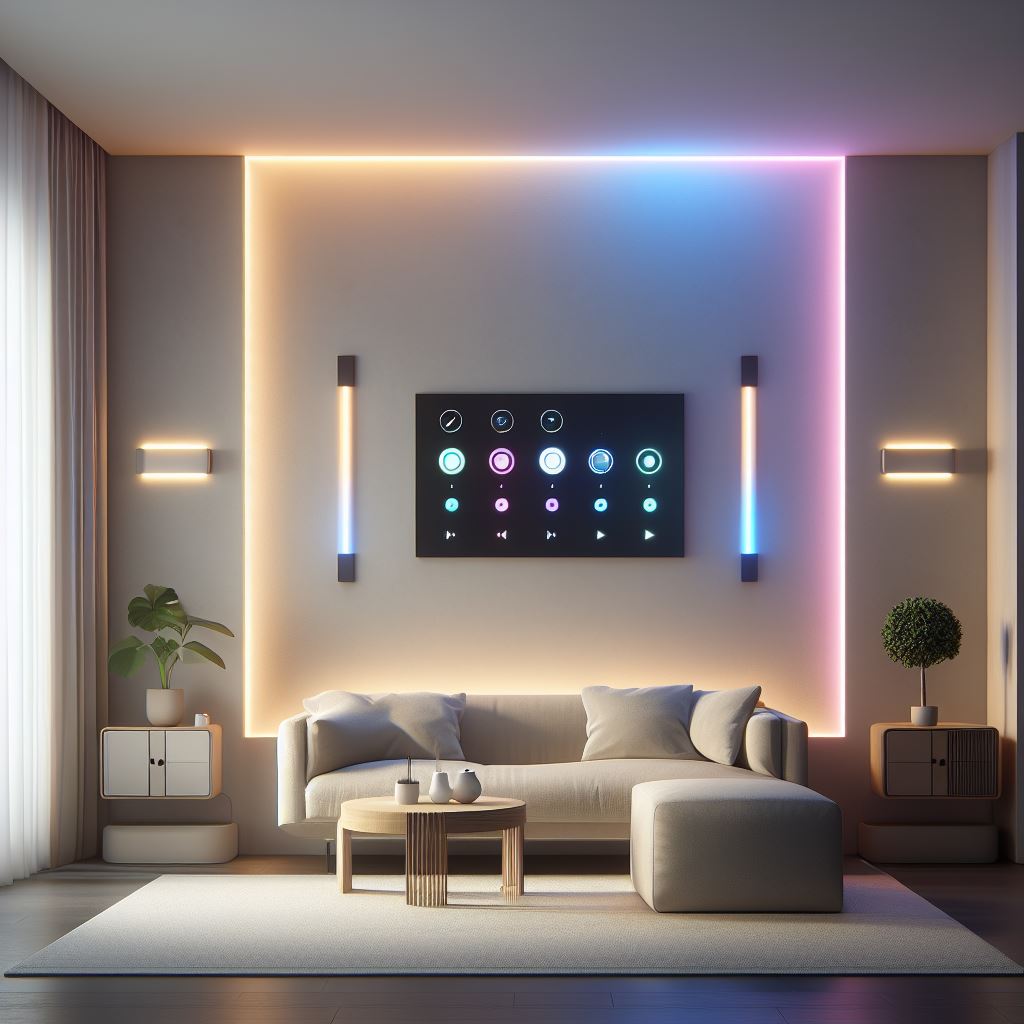Secret Reveal: Unlocking the Secrets of Ideal Wall Light Temperatures for Your Home
Lighting is a fundamental aspect of interior design, and the temperature of the light you choose plays a crucial role in shaping the ambiance of your home. Wall lights are not just functional; they are also decorative elements that can greatly influence the mood and atmosphere in your living spaces. In this blog, we’ll explore how to choose the ideal wall light temperature for your home.
Understanding Wall Light Temperatures
Before diving into the selection process, let’s understand what we mean by “wall light temperature.” The temperature of light is measured in Kelvins (K), and it typically falls into one of three categories:
Warm White (2700K-3000K): Warm white light emits a cozy and inviting glow, making it perfect for areas where you want to create a relaxed and comfortable atmosphere. It’s ideal for living rooms, bedrooms, and dining spaces.
Neutral White (3500K-4100K): This temperature range offers a balanced, natural light that is suitable for various spaces, including kitchens, home offices, and bathrooms. It provides clarity without feeling too cold.
Cool White (5000K-6500K): Cool white light is bright and vibrant, making it excellent for task-oriented areas like a home office, laundry room, or garage. It can also work well in spaces where you want a modern and crisp aesthetic.
Consider the Room’s Function
When selecting wall light temperatures, it’s crucial to consider the function of the room in which they will be installed. Each room serves a different purpose, and the lighting should complement that purpose. Here are some tips:
Bedrooms: For a cozy and inviting bedroom, opt for warm white lights. They create a serene and comfortable atmosphere, perfect for winding down after a long day.
Kitchens: In the kitchen, where tasks like cooking and food preparation are common, neutral white or cool white lights can provide the brightness needed to work efficiently.
Bathrooms: A combination of warm white and neutral white lights can work well in bathrooms. Warm white near the mirror for a flattering glow and neutral white for general lighting.
Living Rooms: Warm white lights are perfect for creating a warm and inviting space for relaxation and entertainment.
Home Offices: Neutral white or cool white lights can boost productivity and concentration in your workspace.
Color Temperature and Color Rendering
In addition to the temperature of the light, it’s essential to consider Color Rendering Index (CRI). CRI measures how accurately a light source reveals the true colors of objects. The higher the CRI, the better it renders colors. For most home applications, a CRI of 80 or higher is recommended.
Dimmability
Consider using dimmable wall lights. They provide versatility, allowing you to adjust the light intensity to suit various activities and moods. This feature can be especially handy in areas where you want both functional and ambient lighting, such as the dining room or living room.
Experiment and Personalize
Ultimately, the choice of wall light temperature is a personal one. It’s essential to consider your preferences and the ambiance you want to create in your home. If possible, experiment with different temperatures and lighting styles before settling on a final choice. This can help you find the perfect balance that complements your home’s decor and your lifestyle.
In conclusion, selecting the right wall light temperature is not only about functionality but also about creating the desired atmosphere in your home. Consider the room’s purpose, color rendering, and the option for dimmability when making your choice. With these considerations in mind, you can illuminate your space in a way that enhances both its beauty and functionality.

